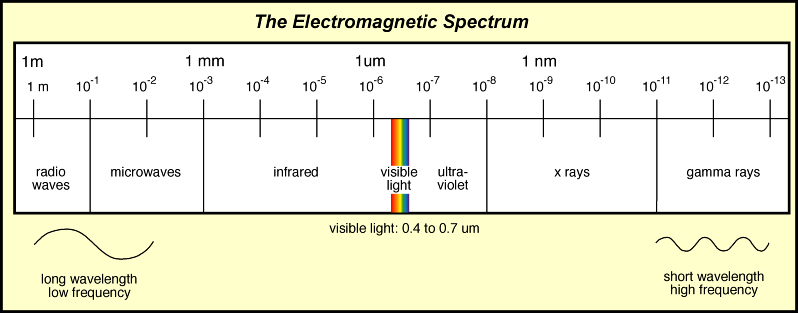


The beam is orders of magnitude more intense and better collimated than typically produced by anode-based sources. Here, bunches of relativistic electrons kept in orbit inside a storage ring are accelerated through bending magnets or insertion devices like wigglers and undulators to produce a high brilliance and high flux photon beam. Synchrotron based XPS Ī breakthrough has been brought about in the last decades by the development of large scale synchrotron radiation facilities. The ultimate energy resolution (FWHM) when using a non-monochromatic Mg K α source is 0.9–1.0 eV, which includes some contribution from spectrometer-induced broadening.
#SPECTRA 1 PART FULL#
Non-monochromatic X-ray sources do not use any crystals to diffract the X-rays which allows all primary X-rays lines and the full range of high-energy Bremsstrahlung X-rays (1–12 keV) to reach the surface. The energy width of the non-monochromated X-ray is roughly 0.70 eV, which, in effect is the ultimate energy resolution of a system using non-monochromatic X-rays. Non-monochromatic magnesium X-rays have a wavelength of 9.89 angstroms (0.989 nm) which corresponds to a photon energy of 1253 eV. For example, in a spectrum obtained in 1 minute at a pass energy of 20 eV using monochromated aluminum K α X-rays, the Ag 3 d 5/2 peak for a clean silver film or foil will typically have a FWHM of 0.45 eV. When working under practical, everyday conditions, high energy-resolution settings will produce peak widths (FWHM) between 0.4 and 0.6 eV for various pure elements and some compounds. For a well–optimized monochromator, the energy width of the monochromated aluminum K α X-rays is 0.16 eV, but energy broadening in common electron energy analyzers (spectrometers) produces an ultimate energy resolution on the order of FWHM=0.25 eV which, in effect, is the ultimate energy resolution of most commercial systems. Aluminum K α X-rays have an intrinsic full width at half maximum (FWHM) of 0.43 eV, centered on 1486.7 eV ( E/Δ E = 3457). The resulting wavelength is 8.3386 angstroms (0.83386 nm) which corresponds to a photon energy of 1486.7 eV. XPS requires high vacuum (residual gas pressure p ~ 10 −6 Pa) or ultra-high vacuum (p orientation. Chemical states are inferred from the measurement of the kinetic energy and the number of the ejected electrons. XPS belongs to the family of photoemission spectroscopies in which electron population spectra are obtained by irradiating a material with a beam of X-rays. It is often applied to study chemical processes in the materials in their as-received state or after cleavage, scraping, exposure to heat, reactive gasses or solutions, ultraviolet light, or during ion implantation. The technique can be used in line profiling of the elemental composition across the surface, or in depth profiling when paired with ion-beam etching. XPS is a powerful measurement technique because it not only shows what elements are present, but also what other elements they are bonded to. X-ray photoelectron spectroscopy ( XPS) is a surface-sensitive quantitative spectroscopic technique based on the photoelectric effect that can identify the elements that exist within a material (elemental composition) or are covering its surface, as well as their chemical state, and the overall electronic structure and density of the electronic states in the material. Spectroscopic technique Basic components of a monochromatic XPS system.


 0 kommentar(er)
0 kommentar(er)
